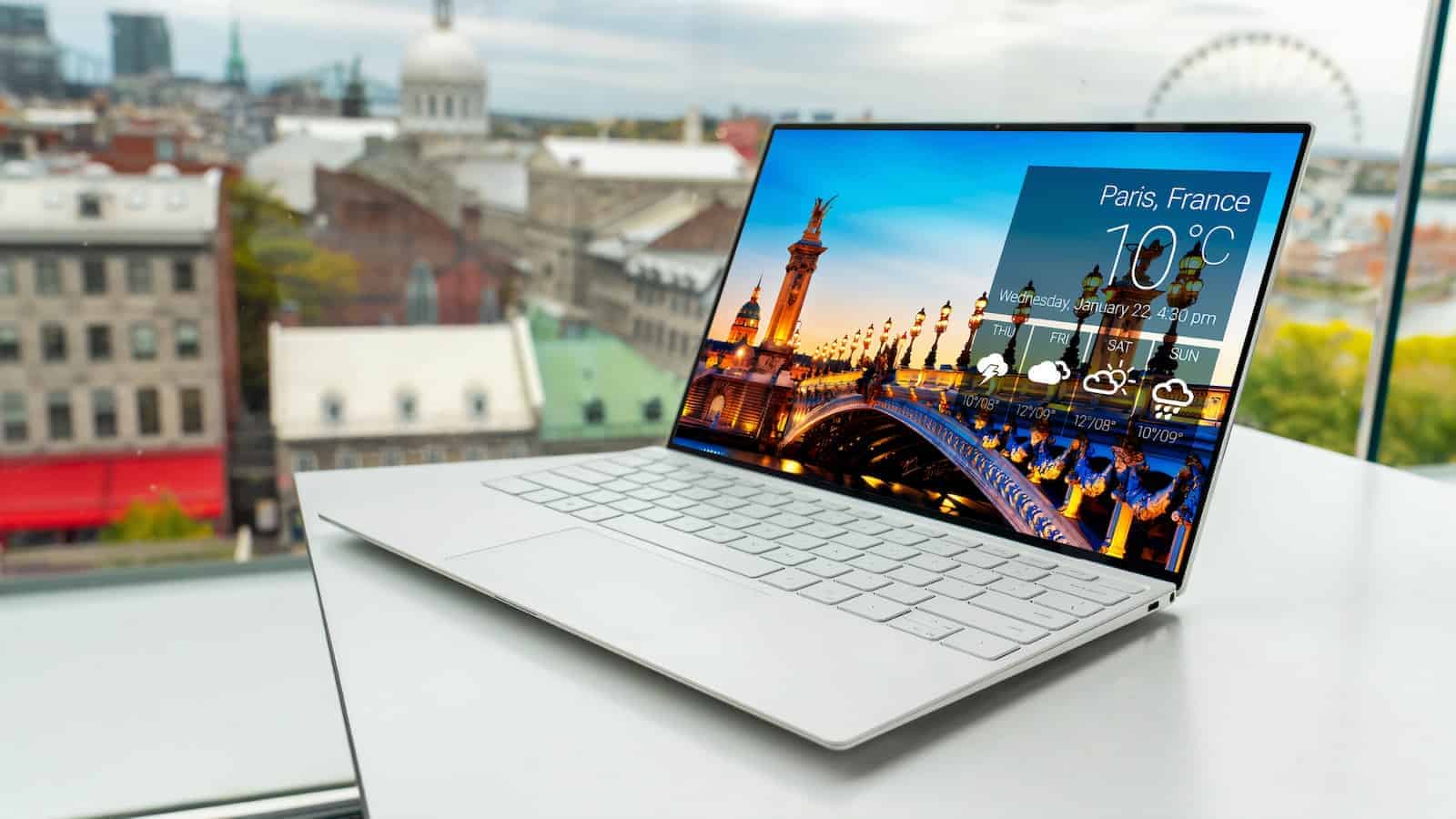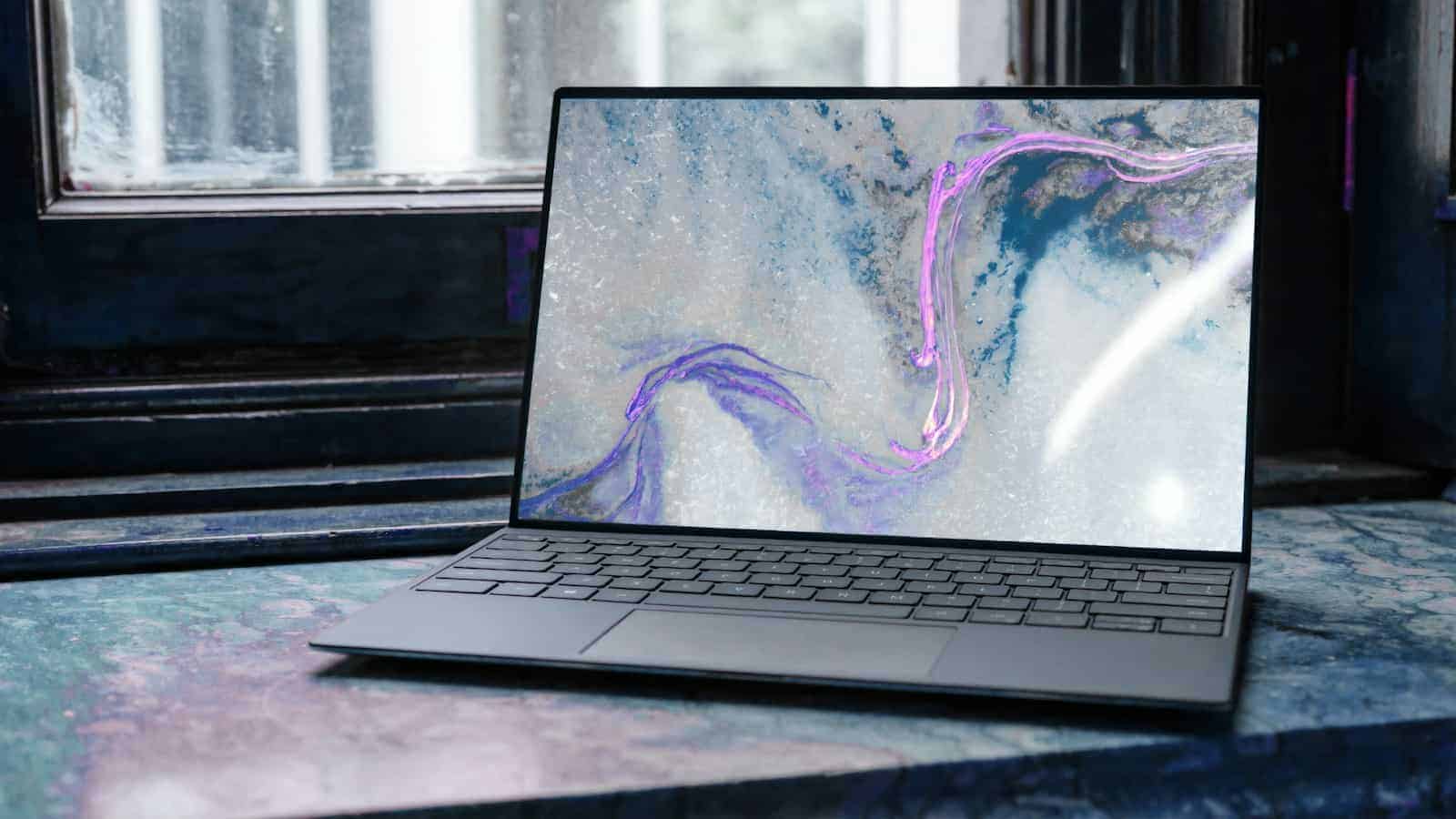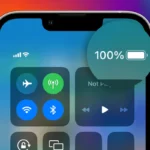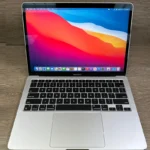The idea of getting a free laptop for people who receive EBT benefits is often just a wish. There is no government program that gives away free laptops based only on EBT status. However, the situation regarding affordable technology access is more complicated than many think.
The recent end of the Affordable Connectivity Program (ACP), which provided internet subsidies and sometimes discounts on devices, has changed things a lot.
This article clears up misunderstandings and looks at the real options available, such as Lifeline discounts, refurbished computers, and digital literacy programs. We will examine the advantages and disadvantages of each option, provide practical advice, and discuss what the future holds for affordable tech access.

Affordable Computing: Exploring Options Beyond “Free”
Knowing the facts is the first step in closing the digital divide. Electronic Benefit Transfer (EBT) is a card system, similar to a debit card, that allows people receiving government assistance—like the Supplemental Nutrition Assistance Program (SNAP) and Temporary Assistance for Needy Families (TANF)—to make purchases. EBT cards go to individuals who qualify for food assistance or other benefits. If you receive government benefits like SNAP (food stamps), you may qualify for programs that help you get free laptops. Let’s look at the programs that can assist you.
Understanding the Landscape
The idea of getting a completely free laptop with EBT benefits is a common misconception. There isn’t a direct government program that simply gives away laptops to EBT recipients. Many online resources make this claim, but they are often outdated or inaccurate. The reality is more nuanced. The end of the Affordable Connectivity Program (ACP) in June 2024 has significantly impacted access to affordable devices. This program offered internet subsidies, and some providers included device discounts (sometimes laptops) with their ACP packages. With the ACP gone, those opportunities are greatly reduced.
Lifeline: Internet, Not Laptops
The Lifeline program, which continues to operate, offers discounts on phone or internet service. It’s important to understand that Lifeline does not provide free laptops. While having affordable internet through Lifeline can be a valuable resource for finding deals on computers or accessing online learning platforms, it won’t put a free laptop in your hands directly.
Focusing on Affordability
The conversation around tech access for low-income individuals has shifted. The focus is now on affordable options and connecting people with resources that can help them acquire devices. This might include:
- Refurbished Computers: Many organizations and some retailers sell refurbished computers at significantly reduced prices. These machines are often in good working condition and can be a budget-friendly choice.
- Payment Plans: Some stores or internet providers offer payment plans for computers, allowing you to spread the cost over time.
- Financial Assistance: Local charities or non-profits might have limited funds available to help individuals purchase computers. It’s worth checking with these organizations in your area.
- Computer Labs and Loaner Programs: Libraries, community centers, and some non-profits offer access to computer labs or loaner programs, which can be helpful for those who don’t have a device of their own.
Digital Literacy Initiatives
Digital literacy programs are becoming increasingly important. These programs teach people how to use computers and the internet effectively. Often, they include access to devices or resources for acquiring them. By focusing on digital skills, these programs indirectly address the need for devices.
State and Local Programs: A Patchwork of Support
Some state or local governments may have small, targeted programs for technology assistance. These programs are not widely available, and eligibility requirements can be strict. You should contact your local social service agencies to see if any such programs exist in your area.
| Program/Resource | Description | Pros | Cons |
|---|---|---|---|
| Lifeline | Discounts on phone/internet service | Helps with internet access, which is essential for finding resources and opportunities. | Does not provide free laptops. |
| Refurbished Computers | Used computers in good working condition | Affordable option. | May have limited warranties or older technology. |
| Payment Plans | Spreading the cost of a computer over time | Makes purchasing a computer more manageable financially. | May involve interest charges or credit checks. |
| Digital Literacy Programs | Training on how to use computers and the internet | Develops essential skills and sometimes provides device access. | May not provide a device directly. |
The Future of Affordable Access
Advocates are working to find ways to bridge the digital divide. Potential solutions include:
- Reviving the ACP (or a similar program): Reinstating a program like the ACP with a focus on device subsidies would make a big difference.
- Increased Funding for Digital Literacy: Investing in programs that teach digital skills and provide access to technology is crucial.
- Public-Private Partnerships: Collaboration between government, non-profits, and technology companies could lead to innovative solutions.
Alternative Avenues for Tech Access
Beyond the resources mentioned above, there are other ways to explore affordable tech access. Consider checking with local libraries, community centers, and schools. They sometimes have programs or resources available to help people access computers and the internet. Also, keep an eye out for back-to-school promotions or sales events from electronics retailers, which might offer discounts on laptops and other devices. Don’t overlook the possibility of buying a used computer from a reputable seller or exploring online marketplaces for deals. While “free” laptops tied directly to EBT benefits are not a reality, there are still ways to find affordable technology if you know where to look.
Other Programs Offering Free or Low-Cost Laptops
Some nonprofits and service providers offer free or low-cost laptops to those in need. These vary by location, so some research is required.
- PCs for People: Offers refurbished computers at low prices for eligible individuals. (Visit Website)
- EveryoneOn: Helps connect low-income individuals to affordable internet and devices. (Visit Website)
- Human-I-T: Provides refurbished computers and technology to individuals and families in need. (Visit Website)
- Computers with Causes: Donates free computers to those who demonstrate financial need. (Visit Website)
- The On It Foundation: Focused on families with children receiving free or reduced school lunch. (Visit Website)
Things to Consider
| Factor | Description |
|---|---|
| Internet service | Many programs require you to also sign up for discounted internet service |
| Device choice | You may have limited options on the specific laptop you get |
| Co-pay | Some programs may require a small co-pay in addition to the discount |
Getting a free or discounted laptop can be a big help. These programs make it easier to stay connected for school, work, or simply accessing important information.
Understanding EBT and Technology Assistance
For individuals and households below the federal poverty level, EBT serves as a key access point to vital resources. Low-income families can use these benefits to secure food, and some may access technology assistance through related programs.
Key Government Assistance Programs:
- SNAP: Provides food-purchasing assistance
- TANF: Offers financial aid for basic needs
- SSI: Assists older adults, blind, and disabled people with limited income
- Medicaid: Offers health coverage
Several assistance programs extend beyond basic needs. While EBT is not directly linked to free technological equipment, beneficiaries might qualify for additional support aimed at closing the digital divide.
It’s important to note that there is no direct government program promising free laptops solely for EBT cardholders. However, various initiatives support low-income families in acquiring technology, such as PCs for People, which refurbishes donated laptops to make them more affordable.
How to Get a Free Laptop with EBT in 2025
While EBT cards cannot be used to purchase a laptop, having an EBT card can qualify you for several programs that offer free or heavily discounted laptops to low-income individuals and families.
Non-Profit Organizations Providing Laptops
| Organization | Description | Eligibility | Website |
|---|---|---|---|
| PCs for People | Offers refurbished laptops and desktops at reduced prices | Must meet income eligibility requirements or participate in a government assistance program | Visit Site |
| FreeGeek | Provides refurbished computers to low-income individuals | Eligibility requirements vary | Visit Site |
| Human-I-T | Distributes refurbished computers to individuals in need | Eligibility requirements vary | Visit Site |
Additional Tips:
- Check with local libraries or community centers: They often have computer donation programs or offer access to computers for use on-site.
- Look for educational grants and supports: Some organizations provide technology assistance for students.
- Check with local schools or colleges: Many schools offer discounted technology programs for students and families in need.
Identifying Eligibility Requirements for Free Laptops
Obtaining a free laptop through various programs requires meeting specific criteria. Here are the common guidelines individuals and families need to satisfy:
Eligibility Requirements
| Criteria | Description |
|---|---|
| Income-based eligibility | Household income must fall below 200% of the federal poverty level or 60% of the area median income (AMI). |
| Participation in assistance programs | Enrollment in SNAP, TANF, Medicaid, or SSI is a common qualifier. |
Documents Required
To be eligible, applicants typically need to provide the following:
- Photo Identification: A valid government-issued ID
- Proof of Income or Assistance: Recent tax returns, pay stubs, or enrollment proof in an assistance program like SNAP (EBT)
Exploring Assistance Programs Offering Laptops
When times are tough, a laptop can be a lifeline for education, job searches, and staying connected. Several programs make it possible for low-income individuals to receive free or low-cost laptops.
Educational Grants and Supports
- The Alliance for Technology Refurbishing and Reuse: Connects individuals with local programs that provide refurbished technology.
- On It Foundation: Provides free laptops to students in low-income families.
Steps to Apply for a Free Laptop
- Verify Eligibility: Check income levels and assistance program participation.
- Gather Required Documents: Prepare ID, proof of income, and government assistance documentation.
- Apply Online: Visit the program’s website and fill out an application.
- Submit Documentation: Upload the required documents.
- Wait for Approval: Processing times vary; check email for updates.
Benefits of Access to Technology
Access to technology helps bridge the digital divide by providing resources for:
- Students: Homework, educational resources, and digital skill development
- Job Seekers: Online job applications, resume building, and training
- Children: Interactive learning and reading programs
Laptops are more than just devices; they represent a gateway to opportunity. By providing access to technology, these programs help ensure that low-income families can stay connected and build a better future.







